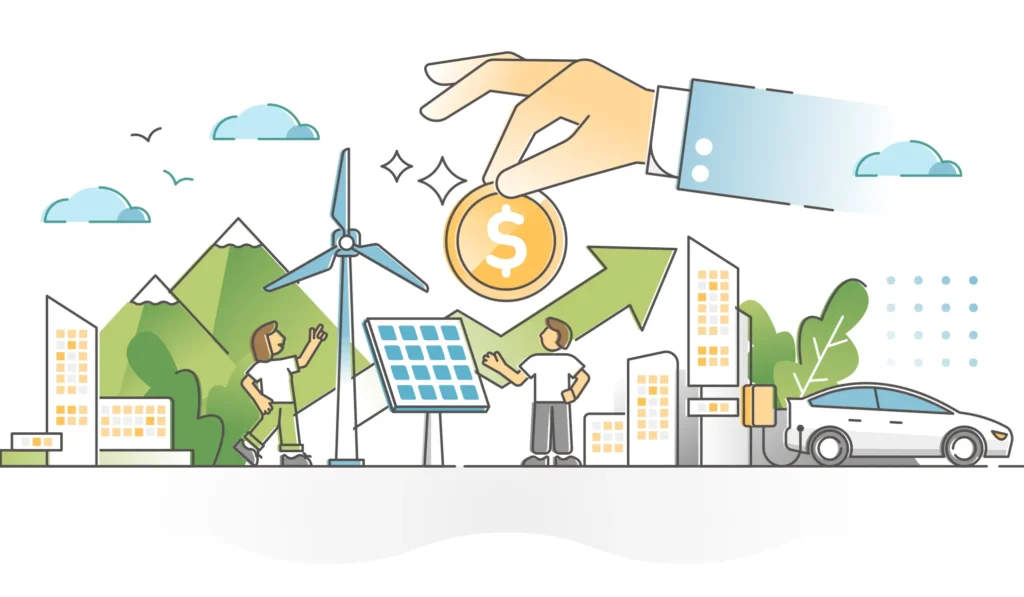From Promises to Progress: Real-World Climate Policies Delivering Results Worldwide

Crafting effective climate policies isn’t just about lofty promises; it’s about tangible actions that yield real-world results. Despite the challenges posed by bureaucracy, politics, and finance, governments worldwide have made significant strides in implementing climate-friendly policies. A recent report by the World Bank, titled “Reality Check: Lessons from 25 Policies Advancing a Low-Carbon Future,” highlights successful initiatives from diverse countries like Egypt, Niger, China, and Peru.
Axel van Trotsenburg, Senior Managing Director for Development Policy and Partnerships at the World Bank, emphasizes the importance of these real-world examples, which span various income levels and political landscapes. These policies offer valuable insights into the practical design and implementation of climate measures, showcasing the hard compromises involved, such as India’s rapid adoption of solar power, Mexico’s use of waste for energy generation, and Colombia’s strides in greening its construction industry.

Successful climate policies often address multiple objectives, such as reducing air pollution and enhancing energy security and competitiveness. They require finding middle ground to facilitate implementation and garner support, as highlighted in the report.
Let’s delve into a few examples:
- Decarbonizing Transport: In Lima, Peru, where traffic congestion is a major issue, the government’s focus on promoting cycling has shown promise. Despite initial challenges, efforts like adding bike lanes during the COVID-19 pandemic have led to a significant increase in bicycle usage, with plans for further expansion. Similarly, South Africa’s initiative to integrate bus rapid transit systems with existing minibus routes demonstrates a scalable solution for reducing emissions and improving urban mobility.
- Improving Energy Efficiency: Turkey’s renovation of government buildings and Colombia’s adoption of green building codes illustrate the potential impact of energy-efficient construction. By overcoming bureaucratic hurdles and providing incentives, these countries have made significant strides in reducing energy consumption and emissions in the building sector.

- Taxing Carbon: British Columbia’s carbon tax serves as a model for effectively reducing emissions while maintaining economic competitiveness. By gradually increasing the tax rate and offsetting it with reductions in other taxes, the province has achieved tangible environmental benefits without burdening households and businesses.
- Restoring Soil: In the Sahel region of Africa, traditional farming practices like agroforestry and rainwater harvesting have proven effective in restoring soil health and increasing agricultural productivity. These low-cost techniques not only contribute to climate mitigation but also support local livelihoods and food security.

The key takeaway is that decarbonization requires tailored approaches suited to each context. Whether through innovative technology or time-tested methods, political support and well-designed policies are crucial for achieving sustainable development goals. As Juergen Voegele, Vice President for Sustainable Development at the World Bank, emphasizes, these case studies underscore the feasibility of decarbonizing development with the right mix of support and policy frameworks.




